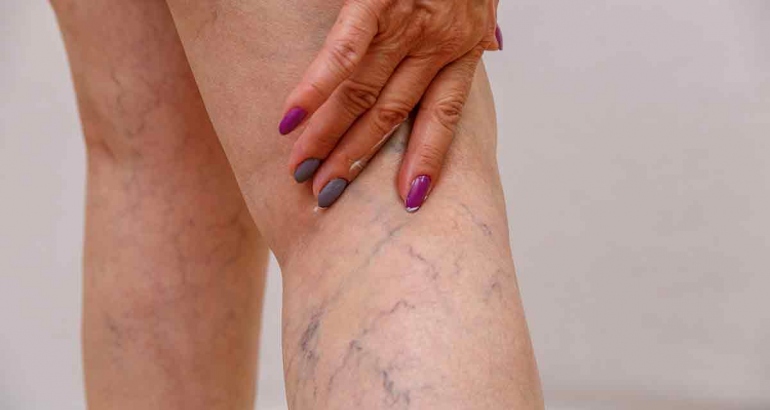An ingrown toenail, also known as onychocryptosis or unguis incarnatus, is a painful condition of the toe. It occurs when a sharp corner or edge of the toenail digs into the skin at the end of or side of the toe. Pain and inflammation at the spot where the nail curls into the skin occurs first. Later, the inflamed area can begin to grow extra tissue or drain yellowish fluid.
What will happen if you leave an ingrown toenail untreated?
If left untreated, an ingrown toenail can progress to an infection or even an abscess that could require surgical treatment.
Ingrown toenails are common in adults and adolescents but less common in children and infants. They are more common in men than in women. Young adults in their 20s or 30s are most at risk.
Any nail can become ingrown, but the condition is usually found in the big toe.
What Are Ingrown Toenail Symptoms and Signs?
An ingrown toenail is a common disorder that most often affects the outer edges of the nail of the big toe (hallux) most frequently. However, the nail on any toe can become ingrown. The most common signs and symptoms are pain, redness, and swelling at the margins of a toenail.
- Early in the course of an ingrown toenail, the end of the toe becomes reddened and painful with mild swelling. There is no pus or drainage. It may feel warm to the touch, but you will not have a fever.
- Later, extra skin and tissue will grow around the sharp point of the nail. A yellowish drainage may begin. This is the body’s response to the trauma of a nail irritating the skin and is not necessarily an infection.
- Sometimes an infection develops. In this case, the swelling will become worse, and there may be white- or yellow-colored drainage (pus) from the area. A lighter-colored area of the skin may be surrounded by red skin. A fever may develop, although this is unusual.



